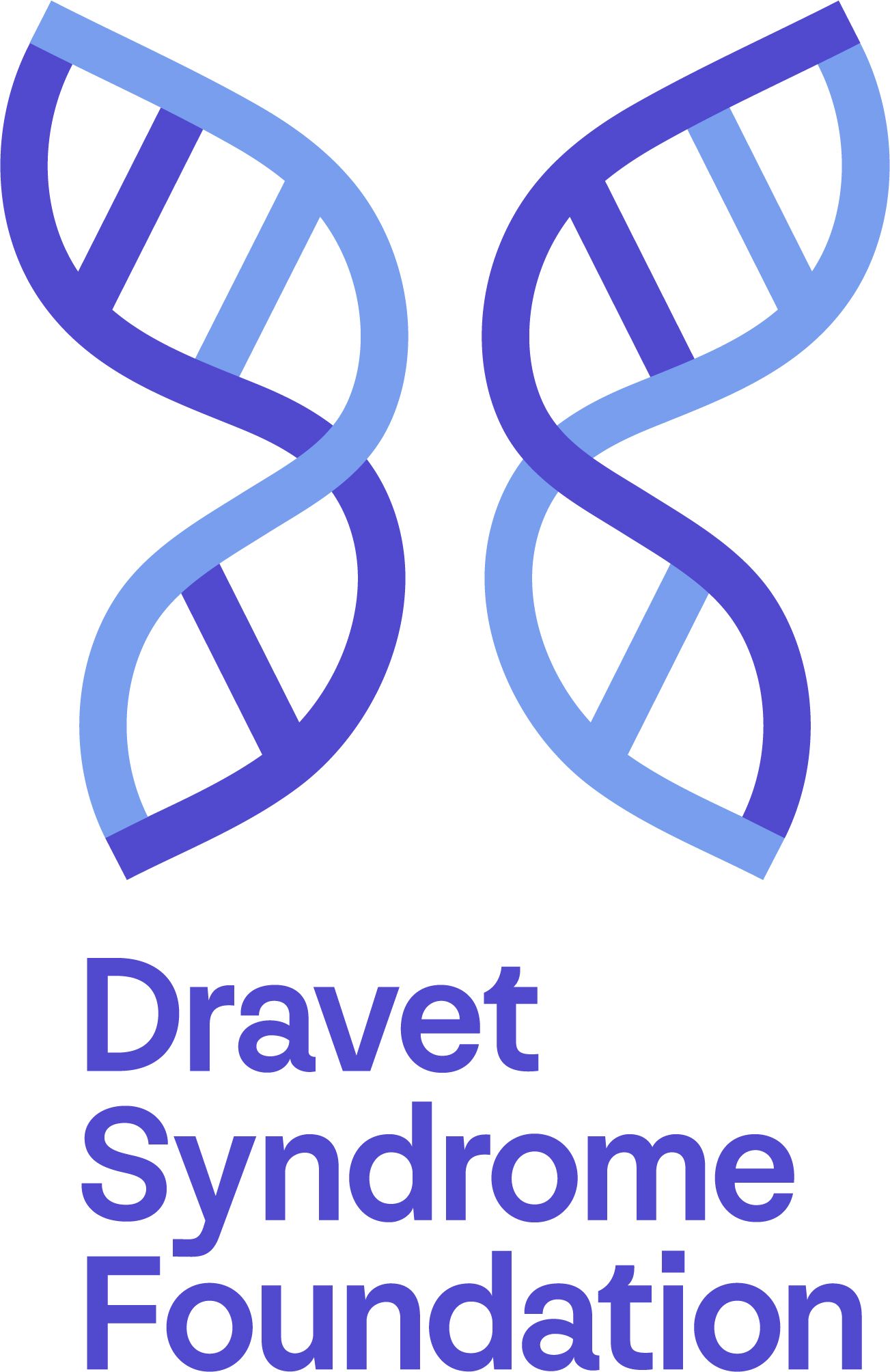
Understanding the Importance of New Dravet Syndrome ICD-10 Codes

Veronica Hood, PhD, of the Dravet Syndrome Foundation, details the recently accepted ICD-10 codes for Dravet syndrome and what benefit they bring to patients.
Recently announced specific ICD-10 codes for Dravet syndrome (DS), including G40.83 DS, G40.833 DS intractable with status epilepticus, and G40.834 DS intractable without status epilepticus, will help classify the disease even further, leading to more personalized treatment options as well as increased knowledge of patient populations for clinical trials.
Approved in March, the codes went into effect on October 1 but will not be fully integrated until early 2021, according to Veronica Hood, PhD, the research coordinator for the Dravet Syndrome Foundation (DSF).
Hood says the codes will expand the overall coverage insurance companies will be able to provide for patients with DS now that it is being recognized in the ICD codes as a unique diagnosis.
Hood sat down with NeurologyLive to provide greater context on the codes, what their advantages are, and how they can assist future research efforts.
NeurologyLive: How did the codes come about and what went into this decision to implement them?
Veronica Hood, PhD: These are used very broadly and can differ a little bit across the world. Basically, if you think about Dravet syndrome, it is a seizure disorder that has a lot of comorbidities and complications that make it different from every other seizure disorder. Previously, patients may have been coded as a generalized intractable epilepsy, for example, which may not represent the full spectrum of the disease. That may limit what insurance is willing to pay for, whether that includes medications or services related to that diagnosis. When you have a more specific code that encompasses the that disease or disorder that the patient is saying they have, it can help insurance providers understand why they might need a particular medication or procedure. It also has broader implications to help us understand morbidity and mortality related to a disorder.
Hopefully, now, every clinician will have the exact same code when diagnosing whether a patient has Dravet syndrome. Now we can look and see more accurately how many patients are coded into the healthcare system as opposed to doctors reporting it. The DSF has a registry, but it certainly doesn’t capture every single patient who has Dravet. They have to go in and register in our registry. This is a little more direct because hopefully doctors are recording it at each visit. Now the CDC [Centers for Disease Control and Prevention] can access this and say, “we have this many patients with this diagnosis.” Obviously, that requires the clinicians to know about the codes and use them correctly.
How will these codes be implemented going forward?
The DSF actually undertook trying to get a specific code in 2018. Our Medical Advisory Board has been critical in presenting this to the ICD-10 committee in order to get these specific codes. Ian Miller, MD, medical director of the Comprehensive Epilepsy Clinic at Nicklaus Children’s Hospital, who is a member of our advisory board, presented these codes twice to the ICD-10 board. It was approved in March but went into effect on October 1. Just because they are in effect doesn’t mean that every institute’s electronic system has updated to include them. We expect that to happen by 2021. Most systems should have it in by then. Now we’re in a weird spot where maybe half of the clinicians have access to an electronic system that shows this code. If a system hasn’t updated yet, they can enter it manually. Again, we’re still in this space where a patient may know about it, tell their clinician, and the clinician can’t find it in the system. We expect by next year that everyone should be on the same page.
What advantages will these unique codes bring? How will they lead to improved clinical care?
Health insurance, like I previously mentioned, is huge. It should help insurance companies to be less likely to deny critical care. Instead of being coded as generalized intractable epilepsy, they now know it is DS. Literature has shown that there are specific comorbidities that come along with DS. For example, many patients have issues with gait, and would likely need to be referred to physical therapy. Ideally, this should help insurance identify that. It’s not going to be perfect and it’s not a fix all that there will never be an insurance denial, but it’s a step in the right direction for understanding that this diagnosis encompasses more than just severe epilepsy. That’s the idea behind the specific ICD-10 codes, which can lead to better individualized care.
What impact do these codes have on research efforts?
This should help us get better numbers of the incidence of this disease. How many patients are currently diagnosed with DS? It should help us keep a better eye on what the mortality rate is. We know that the risk for mortality among patients with DS is high unfortunately, somewhere estimated between 15% to 20%. Our hope is that with better treatment, there is a lowered risk of mortality. It should be able to help us track that a lot closer.
Transcript was edited for clarity.
Newsletter
Keep your finger on the pulse of neurology—subscribe to NeurologyLive for expert interviews, new data, and breakthrough treatment updates.
























